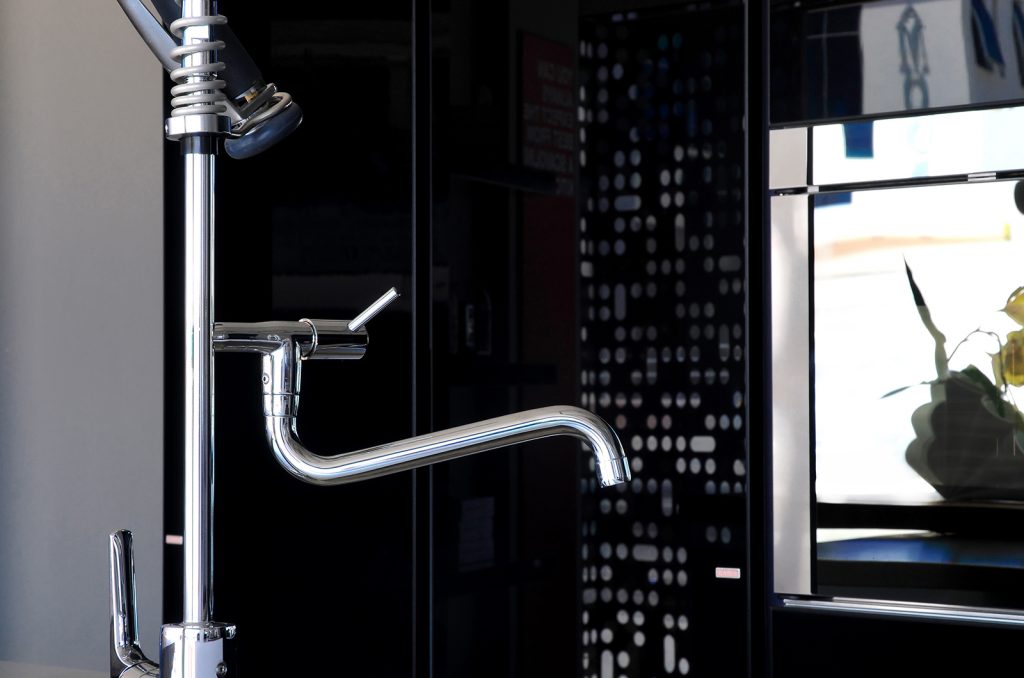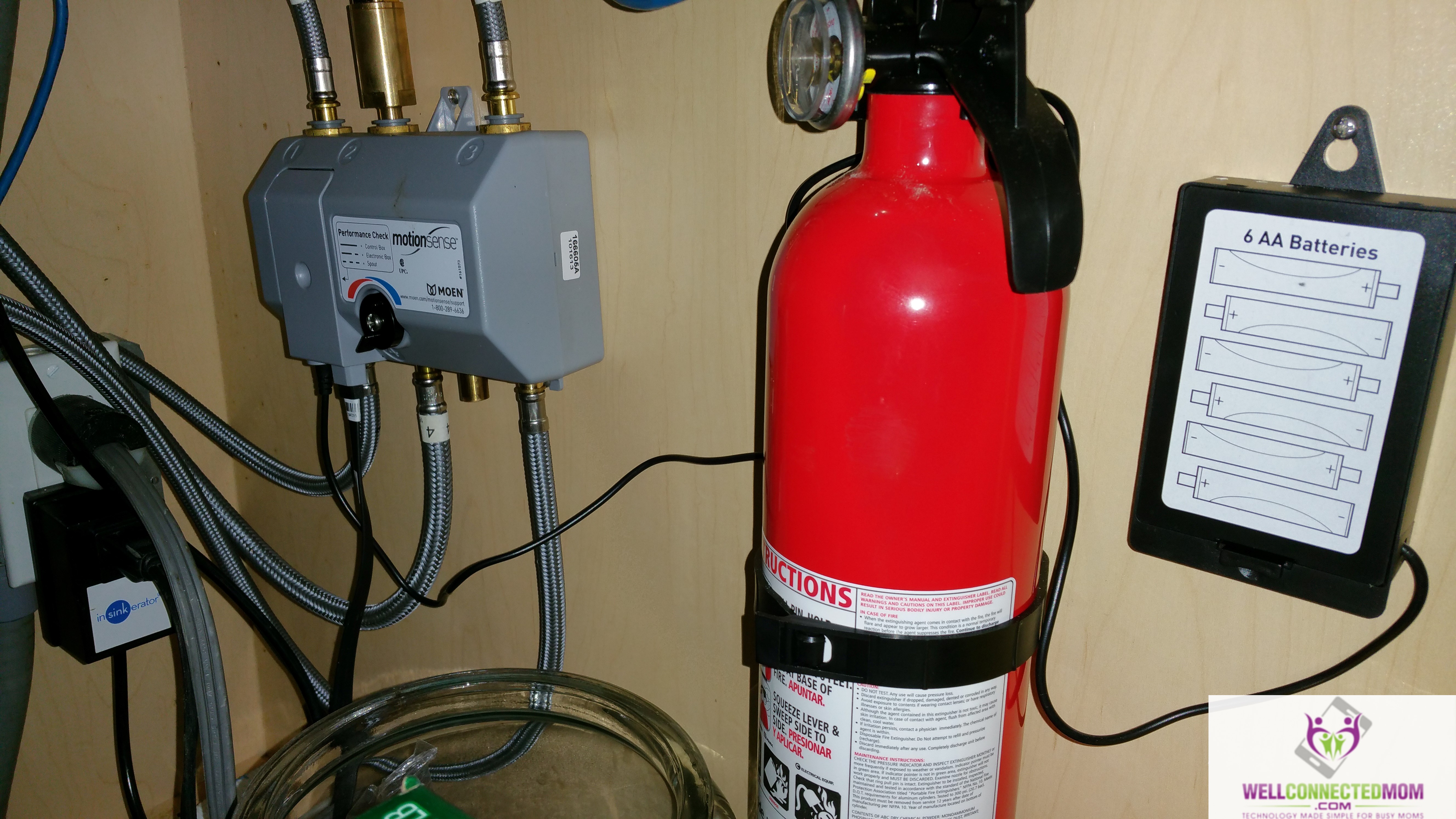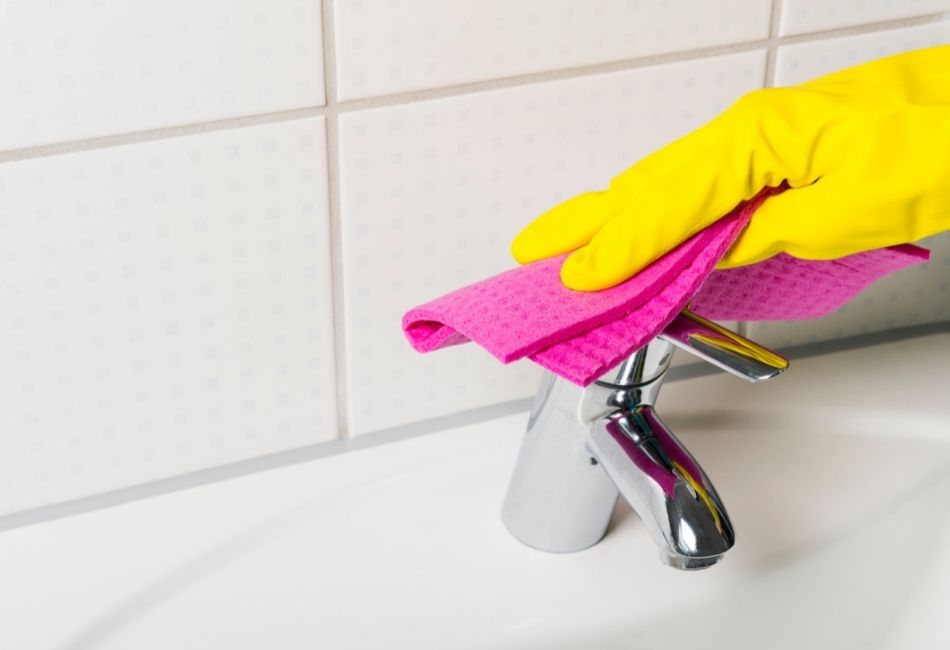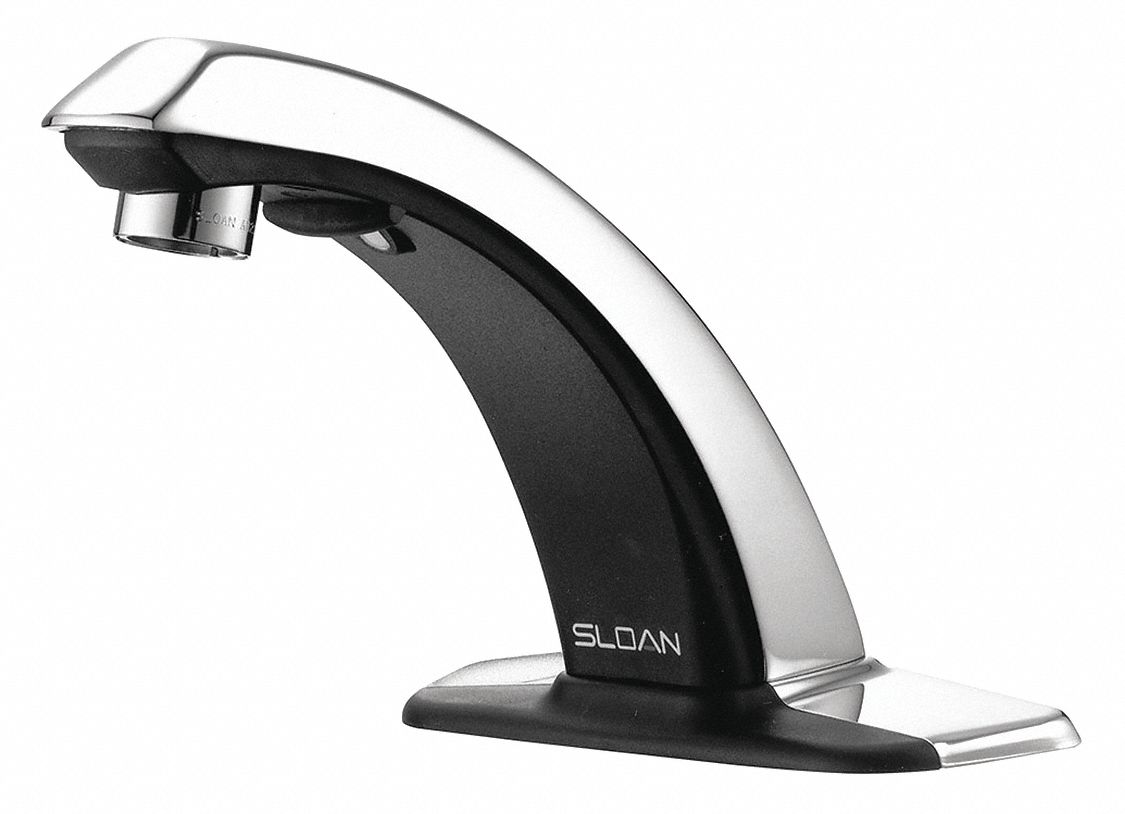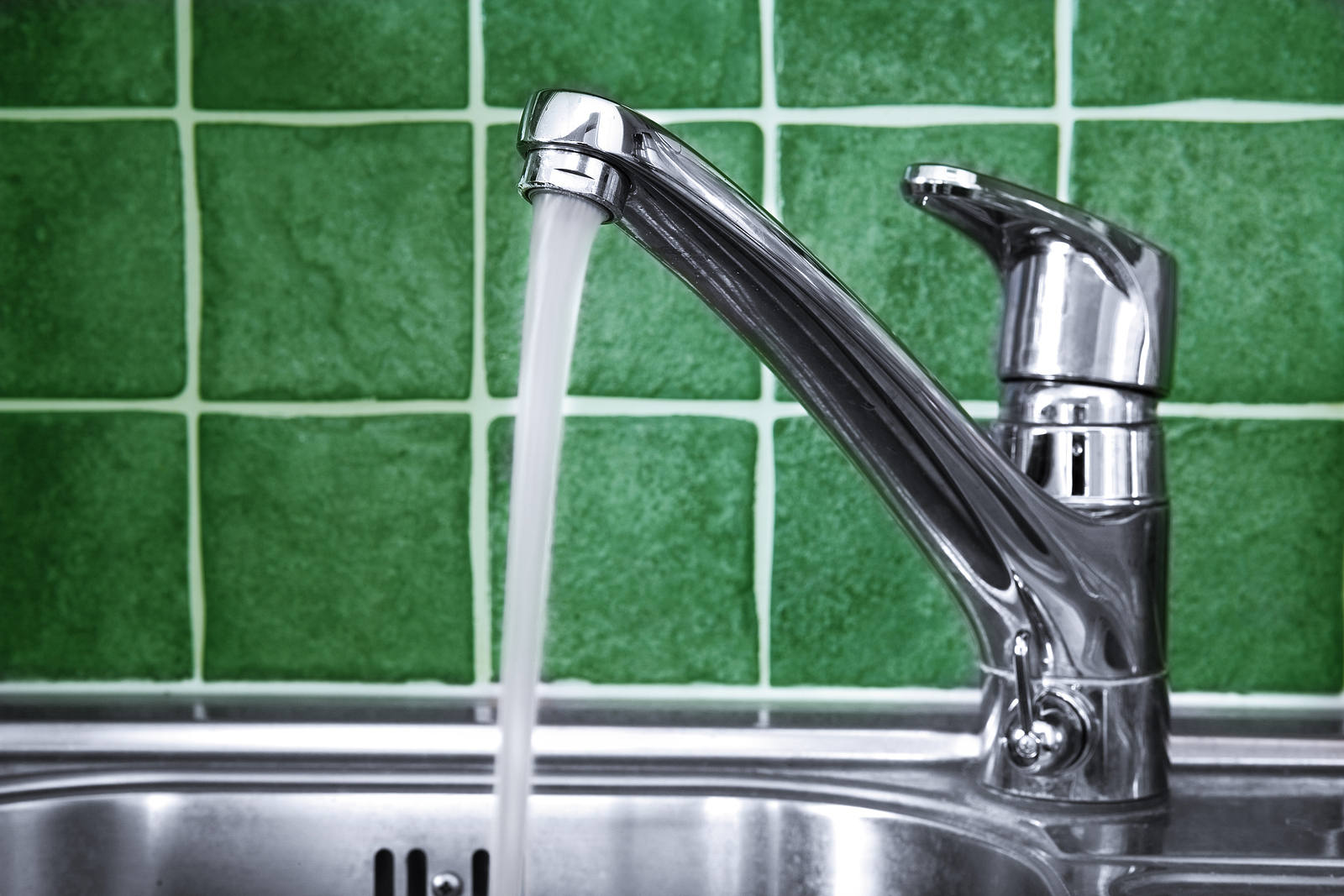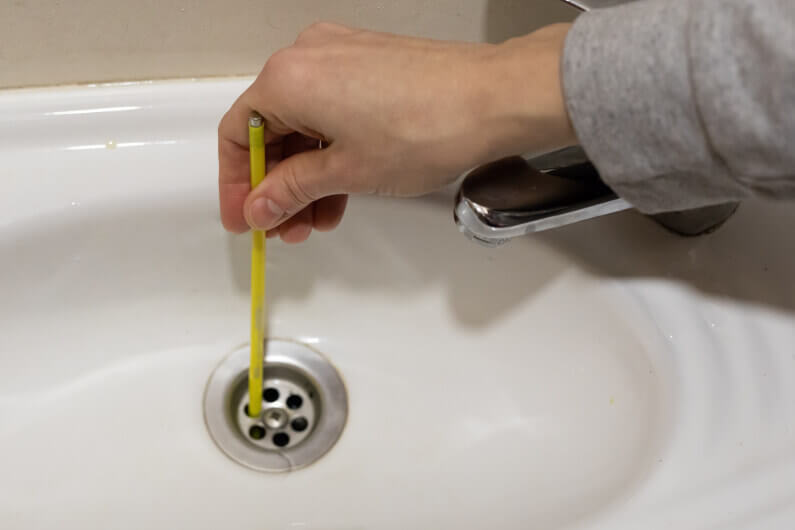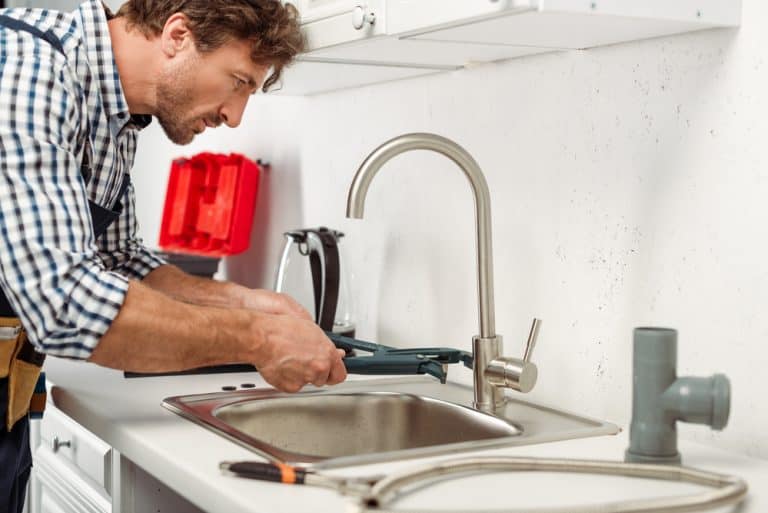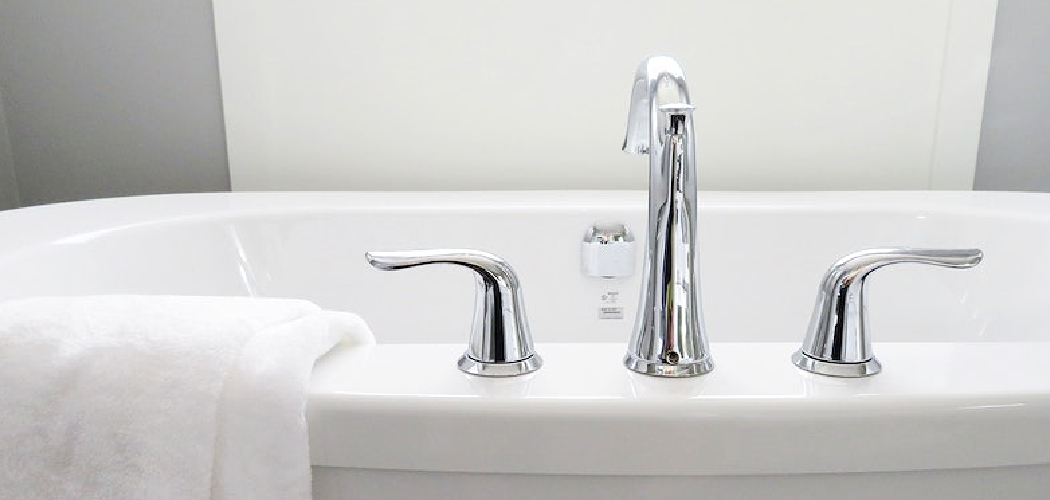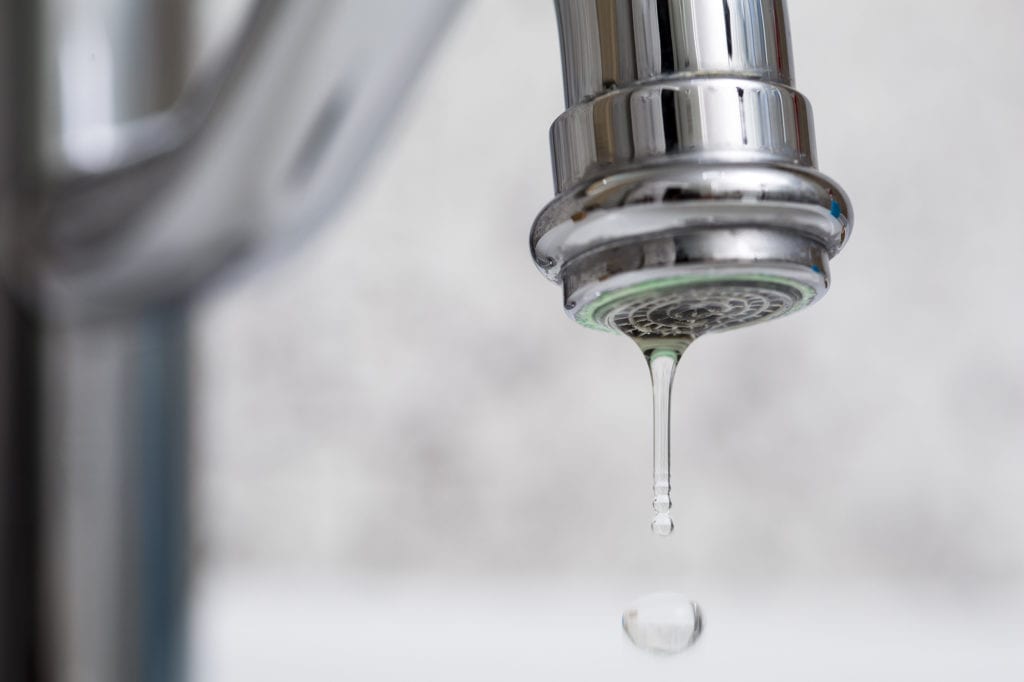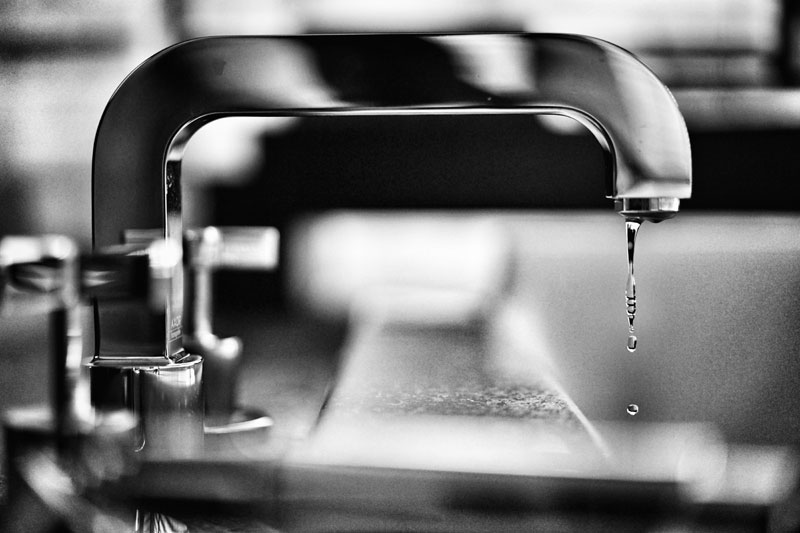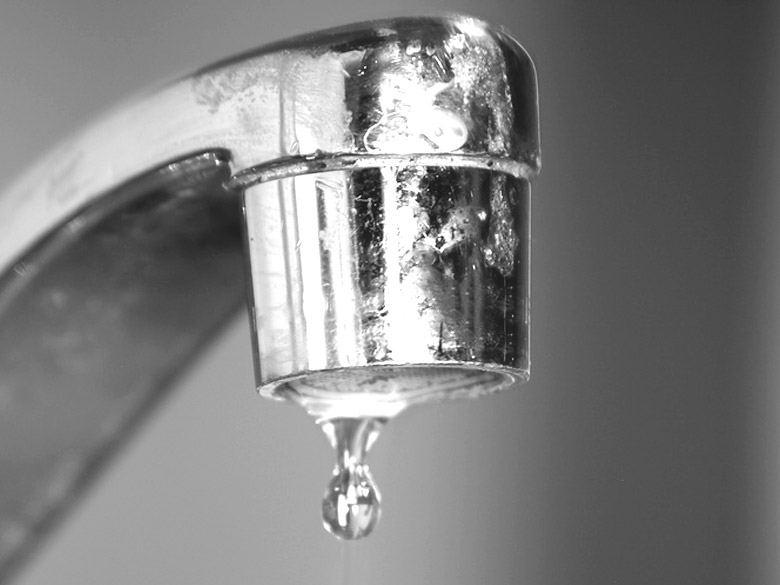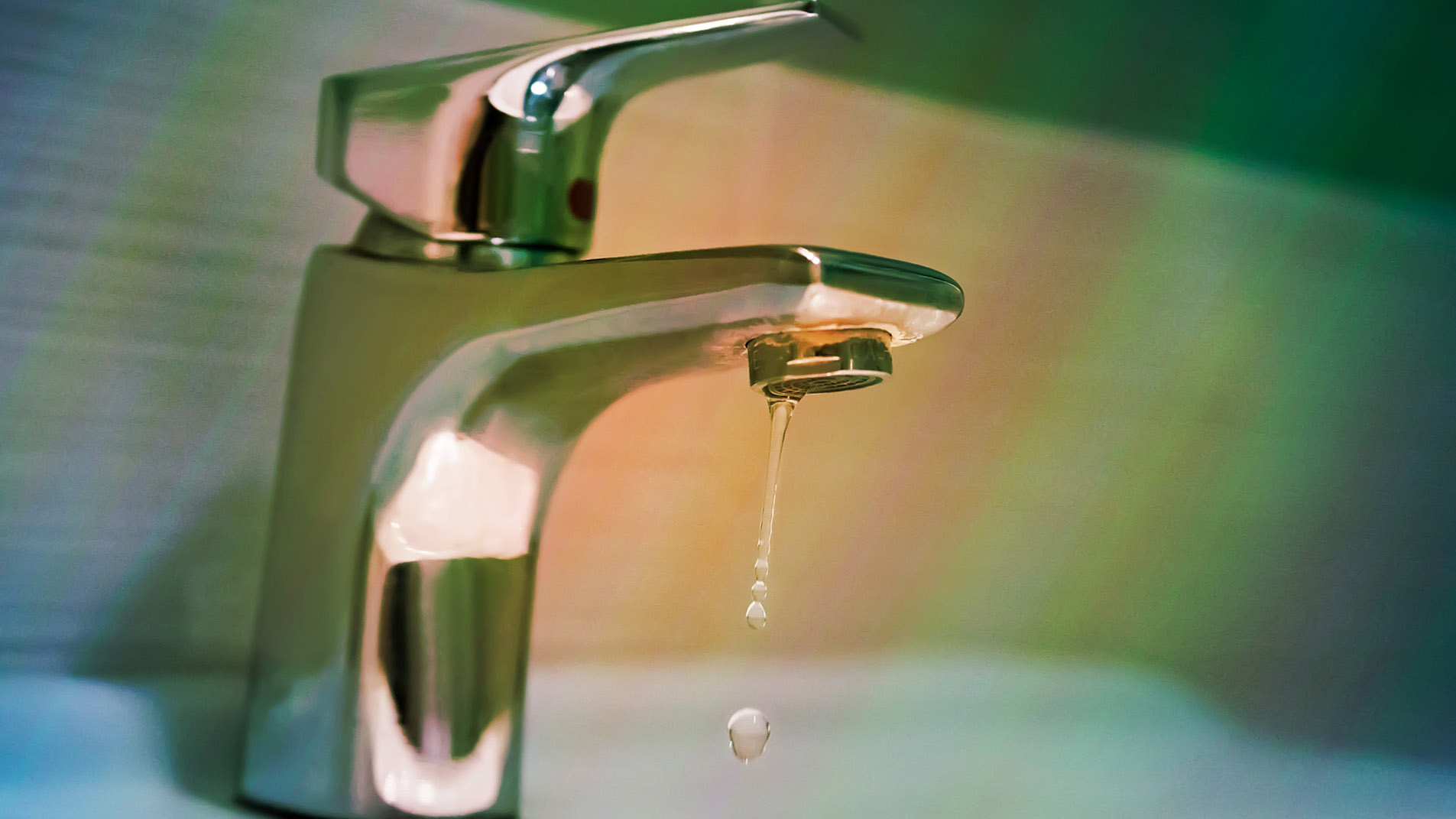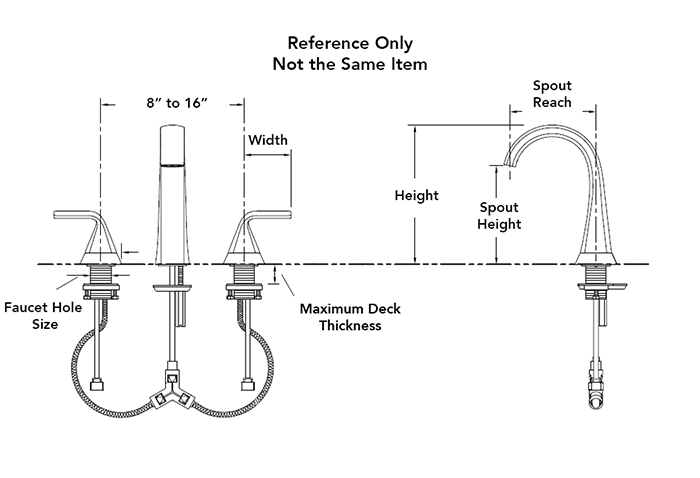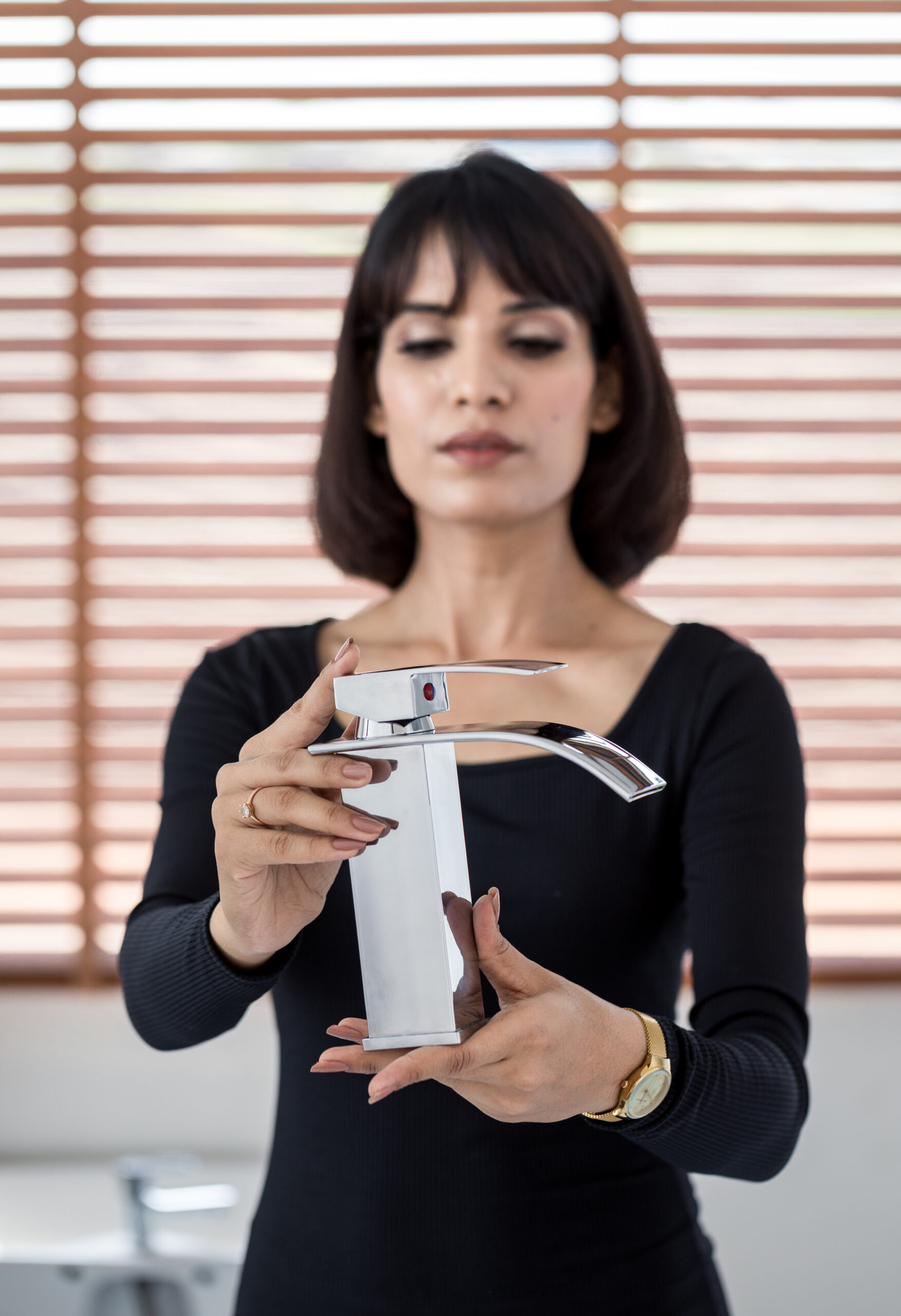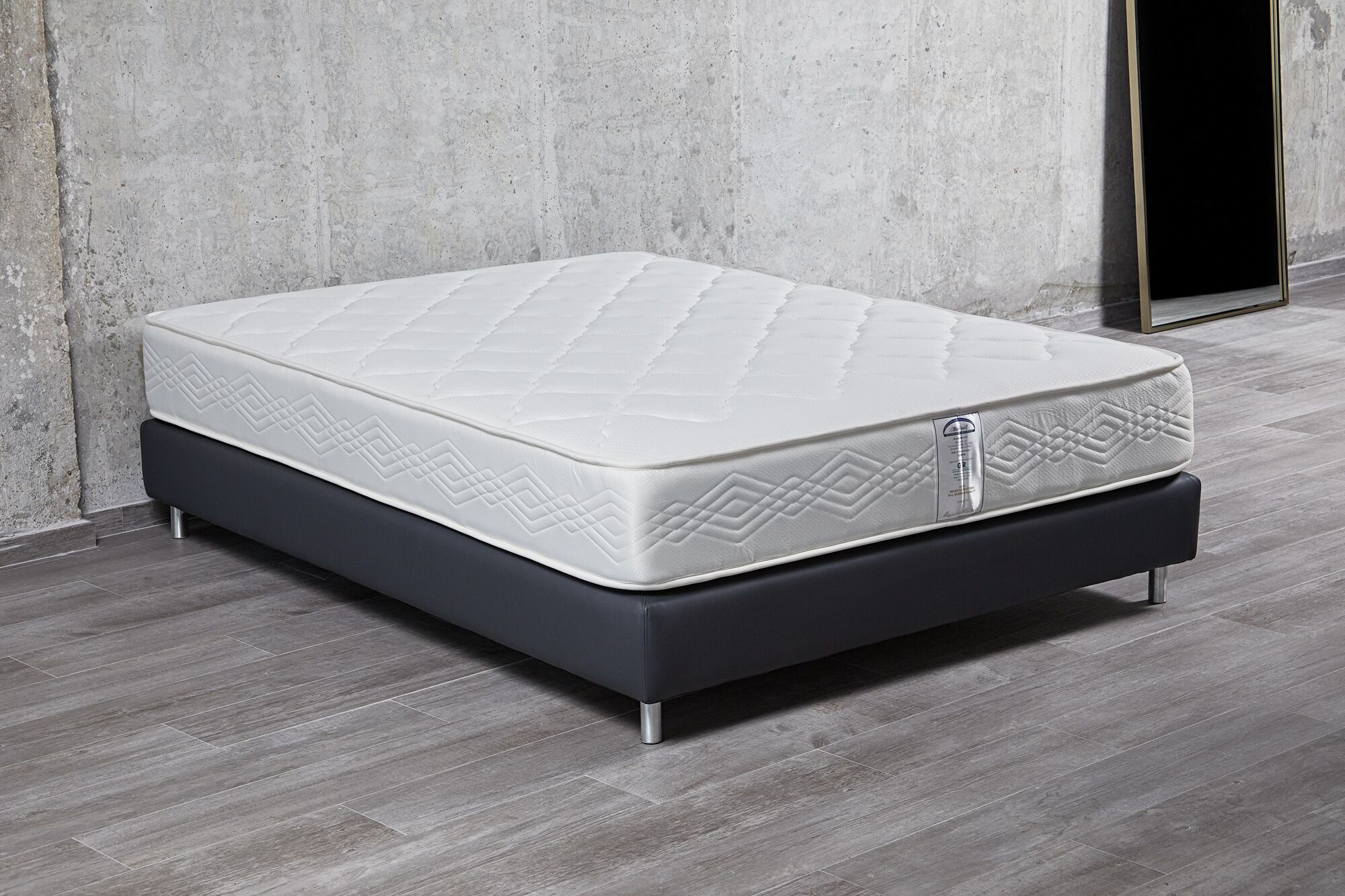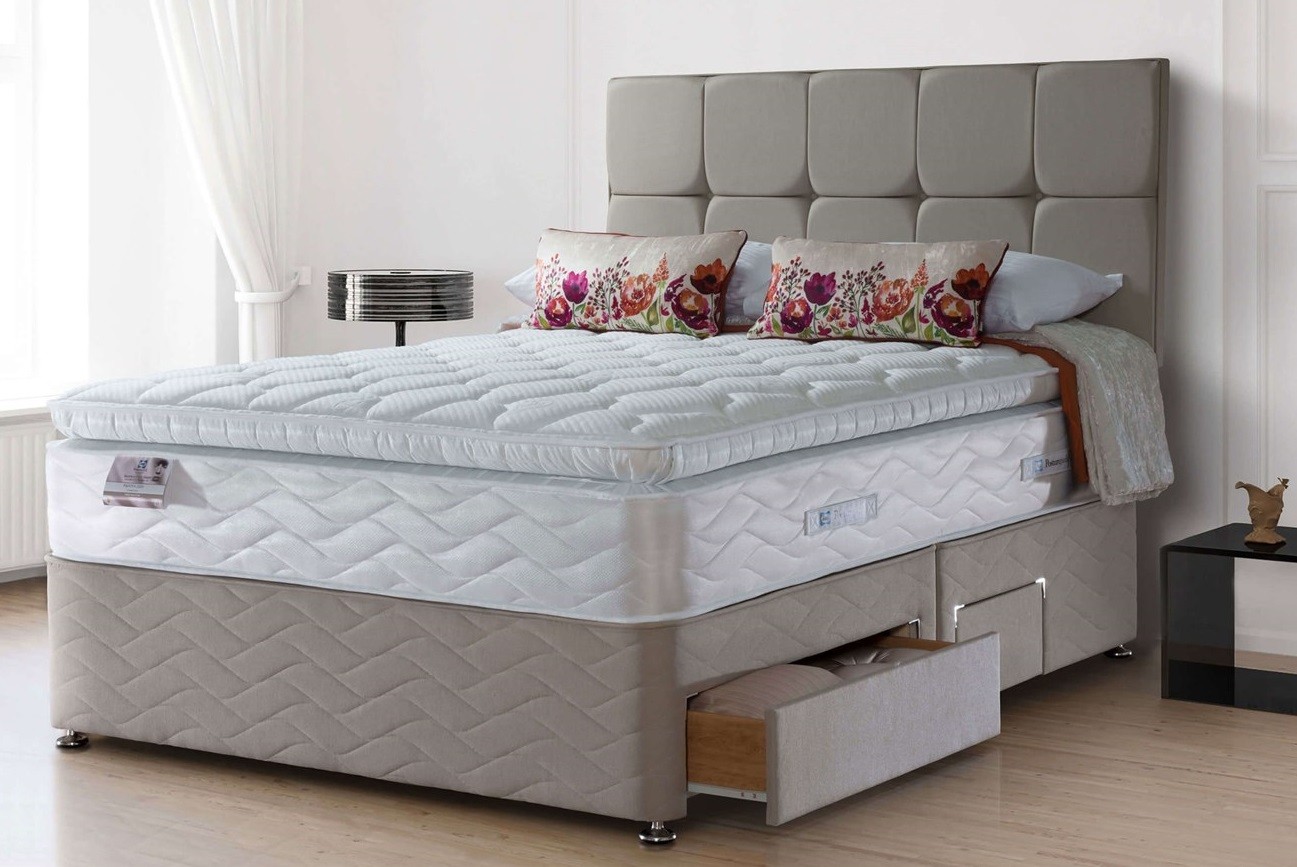If you've noticed that your bathroom sink faucet is making an unusual noise, you're not alone. A noisy faucet can be annoying and disruptive, especially if it's keeping you up at night. But before you call a plumber, there are a few troubleshooting steps you can take to fix the problem yourself. The first thing to check for is any loose parts. Over time, the constant use of your faucet can cause screws and other components to become loose, resulting in a rattling or squeaking noise. Use a wrench to tighten any loose parts, being careful not to overtighten and cause damage. Another common culprit for a noisy faucet is a loose washer. The washer is the small rubber piece that helps create a watertight seal when the faucet is turned off. If it's loose or worn out, it can cause a tapping or banging noise. Replace the washer with a new one to see if that solves the problem. If neither of these solutions work, the issue could be with the water pressure. High water pressure can cause a loud banging noise when the faucet is turned on. You can try adjusting the water pressure at your main water valve or installing a pressure-reducing valve to help alleviate the noise. By troubleshooting the source of the noise, you can potentially save yourself the cost of a plumber and fix the issue yourself.1. "Troubleshooting Noisy Faucets"
If you've tried the troubleshooting steps and your faucet is still making noise, it may be time to do some repairs. The most common cause of a noisy faucet is a worn out washer or valve seat. These can easily be replaced with a few simple tools. Start by turning off the water supply to your faucet. This is typically done by turning a valve underneath the sink. Next, remove the handle of the faucet by unscrewing the screw that holds it in place. Use a wrench to remove the valve seat and replace it with a new one. If the washer is also worn out, replace it with a new one as well. Once you've replaced the necessary parts, reassemble the faucet and turn the water supply back on. Test the faucet to see if the noise has been eliminated. If not, you may need to call a professional to take a look at the issue.2. "How to Fix a Noisy Faucet"
If you're dealing with a faucet that's making a loud screeching noise, the problem may be with the aerator. The aerator is the small mesh screen at the end of the faucet that helps mix air with the water, creating a smooth flow. Over time, mineral buildup can clog the aerator and cause the faucet to make a high-pitched noise. To fix this, remove the aerator and soak it in a solution of equal parts water and vinegar for a few hours. This will help dissolve any mineral buildup. Rinse the aerator and reattach it to the faucet. This should help eliminate the noise and improve water flow as well.3. "Silencing a Noisy Faucet"
There are a few quick fixes you can try to quiet a noisy faucet. One simple solution is to add some lubricant to the faucet's moving parts. This can help reduce friction and eliminate any squeaking or creaking noises. You can also try installing a noise-reducing pad underneath the faucet. These pads are made of rubber or silicone and help absorb any vibrations that may be causing the noise. If the noise is coming from the pipes, you can try adding foam pipe insulation or rubber washers to help dampen the sound. These solutions may not completely eliminate the noise, but they can certainly help reduce it.4. "Quiet Your Bathroom Sink Faucet"
If your faucet is making a gurgling noise, the culprit may be a clogged drain. As water flows through the drain, it can create a vacuum that causes the gurgling sound. To fix this, try using a plunger to clear any clogs in the drain. You can also try using a drain snake to remove any obstructions. If the problem persists, there may be an issue with your plumbing system. It's best to call a professional to assess the situation and make any necessary repairs.5. "Solving a Noisy Bathroom Sink Faucet"
A squeaky faucet is not only annoying, but it can also be a sign of a bigger problem. If your faucet is making a squeaking noise, it could be due to a worn out cartridge or valve stem. These parts can easily be replaced, but it's important to make sure you have the right replacement parts for your specific faucet model. Before attempting to replace these parts, turn off the water supply and drain any remaining water from the faucet. Follow the manufacturer's instructions carefully to ensure a proper replacement. Once you've replaced the necessary parts, test the faucet to see if the noise has been eliminated.6. "Fixing a Squeaky Faucet"
A dripping faucet can not only be annoying, but it can also waste a significant amount of water over time. The most common cause of a dripping faucet is a worn out or damaged washer. To fix this, follow the same steps as fixing a noisy faucet by replacing the washer and valve seat. If the issue persists, the problem may be with the valve seat itself. In this case, it's best to call a professional to inspect and replace the valve seat if necessary.7. "Silencing a Dripping Faucet"
If your faucet is making a loud banging noise when you turn it on, the problem may be with the water pressure. As mentioned earlier, high water pressure can cause pipes to shake and create a loud noise. You can try adjusting the water pressure at your main water valve or installing a pressure-reducing valve to help alleviate the noise. If the noise persists, there may be an issue with the pipes themselves. It's best to call a professional to assess and fix the problem.8. "Stopping a Faucet from Making Noise"
There are a few preventative measures you can take to ensure your faucet stays quiet and in good working condition. Regularly cleaning and maintaining your faucet can help prevent any buildups or clogs that can cause noise. You can also install a water softener to help reduce mineral buildup in your pipes and faucet. This can also help improve water flow and reduce the likelihood of any future noise issues.9. "Eliminating Noises from Your Bathroom Sink Faucet"
If you're dealing with a particularly loud faucet, you may want to consider replacing it altogether. There are many low-noise faucet options available on the market that can help eliminate any noise issues. When shopping for a new faucet, look for ones with ceramic disc valves, as these tend to be quieter and more durable than traditional compression valves. You can also opt for a touchless faucet, which eliminates any noise from turning the handle on and off. By following these tips and tricks, you can silence your noisy bathroom sink faucet and enjoy a peaceful and relaxing home environment.10. "Silencing a Loud Bathroom Sink Faucet"
The Importance of Choosing the Right Bathroom Sink Faucet

Enhancing the Functionality and Aesthetic of Your Bathroom
 Choosing the right bathroom sink faucet is an essential aspect of any house design. Not only does it play a crucial role in the functionality of your bathroom, but it can also greatly enhance the overall aesthetic of the space. When it comes to selecting a faucet, it's important to consider both style and functionality to achieve the perfect balance for your bathroom.
Functionality:
The main purpose of a bathroom sink faucet is to dispense water for washing hands, brushing teeth, and other daily tasks. However, not all faucets are created equal. Some may have a higher water flow rate, making them more efficient for tasks such as filling up a large pot or vase. Others may have adjustable water temperature and pressure, giving you more control over your water usage. When choosing a bathroom sink faucet, consider your daily needs and select one that best fits your lifestyle.
Aesthetic:
The style and design of your bathroom sink faucet can greatly impact the overall look and feel of your bathroom. The faucet's shape, finish, and handle design can add a touch of elegance, modernity, or simplicity to the space. For a cohesive look, it's important to choose a faucet that complements the rest of your bathroom's design elements, such as the sink, countertop, and cabinetry.
Types of Bathroom Sink Faucets:
There are various types of bathroom sink faucets available on the market, each with its own unique design and features. Some popular options include single-handle, double-handle, wall-mounted, and waterfall faucets. Consider the design and layout of your bathroom when selecting a faucet. For example, a wall-mounted faucet can save space in a smaller bathroom, while a waterfall faucet can add a luxurious touch to a larger bathroom.
Maintaining Your Faucet:
To ensure your bathroom sink faucet stays in good working condition, regular maintenance is necessary. This includes cleaning the faucet and its components, checking for any leaks or drips, and replacing worn-out parts. It's also important to pay attention to any unusual noises coming from your faucet, as this could be a sign of a potential issue that needs to be addressed.
In conclusion, the bathroom sink faucet is more than just a functional fixture in your bathroom. It plays a crucial role in the overall design and can greatly enhance the functionality and aesthetic of the space. By considering your daily needs, selecting a faucet that complements your bathroom's design, and properly maintaining it, you can ensure that your bathroom sink faucet will not only make a statement but also serve its purpose for years to come.
Choosing the right bathroom sink faucet is an essential aspect of any house design. Not only does it play a crucial role in the functionality of your bathroom, but it can also greatly enhance the overall aesthetic of the space. When it comes to selecting a faucet, it's important to consider both style and functionality to achieve the perfect balance for your bathroom.
Functionality:
The main purpose of a bathroom sink faucet is to dispense water for washing hands, brushing teeth, and other daily tasks. However, not all faucets are created equal. Some may have a higher water flow rate, making them more efficient for tasks such as filling up a large pot or vase. Others may have adjustable water temperature and pressure, giving you more control over your water usage. When choosing a bathroom sink faucet, consider your daily needs and select one that best fits your lifestyle.
Aesthetic:
The style and design of your bathroom sink faucet can greatly impact the overall look and feel of your bathroom. The faucet's shape, finish, and handle design can add a touch of elegance, modernity, or simplicity to the space. For a cohesive look, it's important to choose a faucet that complements the rest of your bathroom's design elements, such as the sink, countertop, and cabinetry.
Types of Bathroom Sink Faucets:
There are various types of bathroom sink faucets available on the market, each with its own unique design and features. Some popular options include single-handle, double-handle, wall-mounted, and waterfall faucets. Consider the design and layout of your bathroom when selecting a faucet. For example, a wall-mounted faucet can save space in a smaller bathroom, while a waterfall faucet can add a luxurious touch to a larger bathroom.
Maintaining Your Faucet:
To ensure your bathroom sink faucet stays in good working condition, regular maintenance is necessary. This includes cleaning the faucet and its components, checking for any leaks or drips, and replacing worn-out parts. It's also important to pay attention to any unusual noises coming from your faucet, as this could be a sign of a potential issue that needs to be addressed.
In conclusion, the bathroom sink faucet is more than just a functional fixture in your bathroom. It plays a crucial role in the overall design and can greatly enhance the functionality and aesthetic of the space. By considering your daily needs, selecting a faucet that complements your bathroom's design, and properly maintaining it, you can ensure that your bathroom sink faucet will not only make a statement but also serve its purpose for years to come.



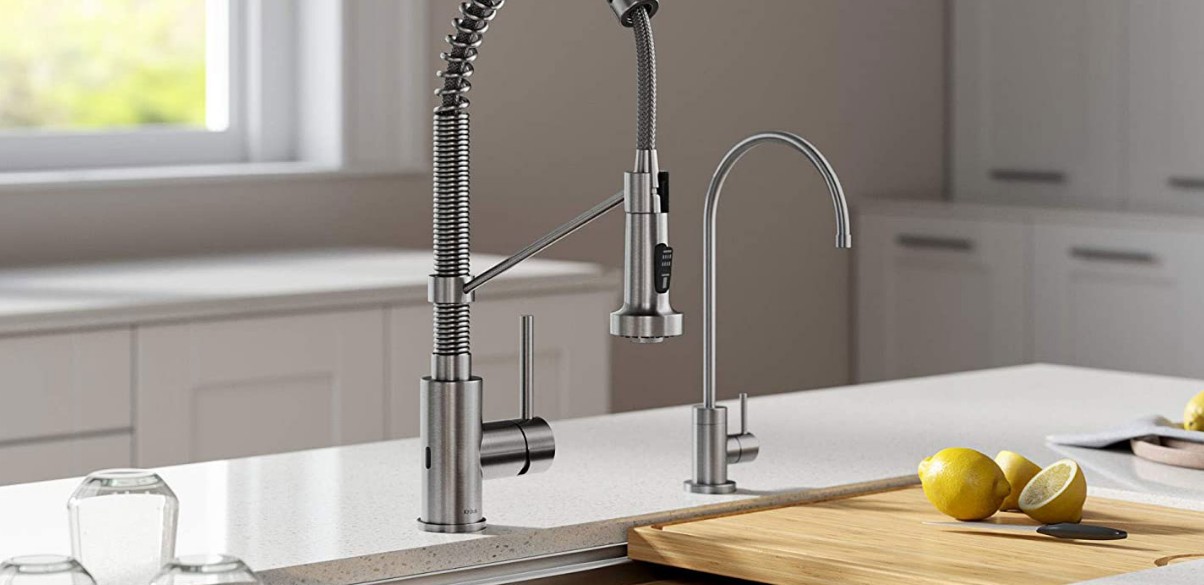



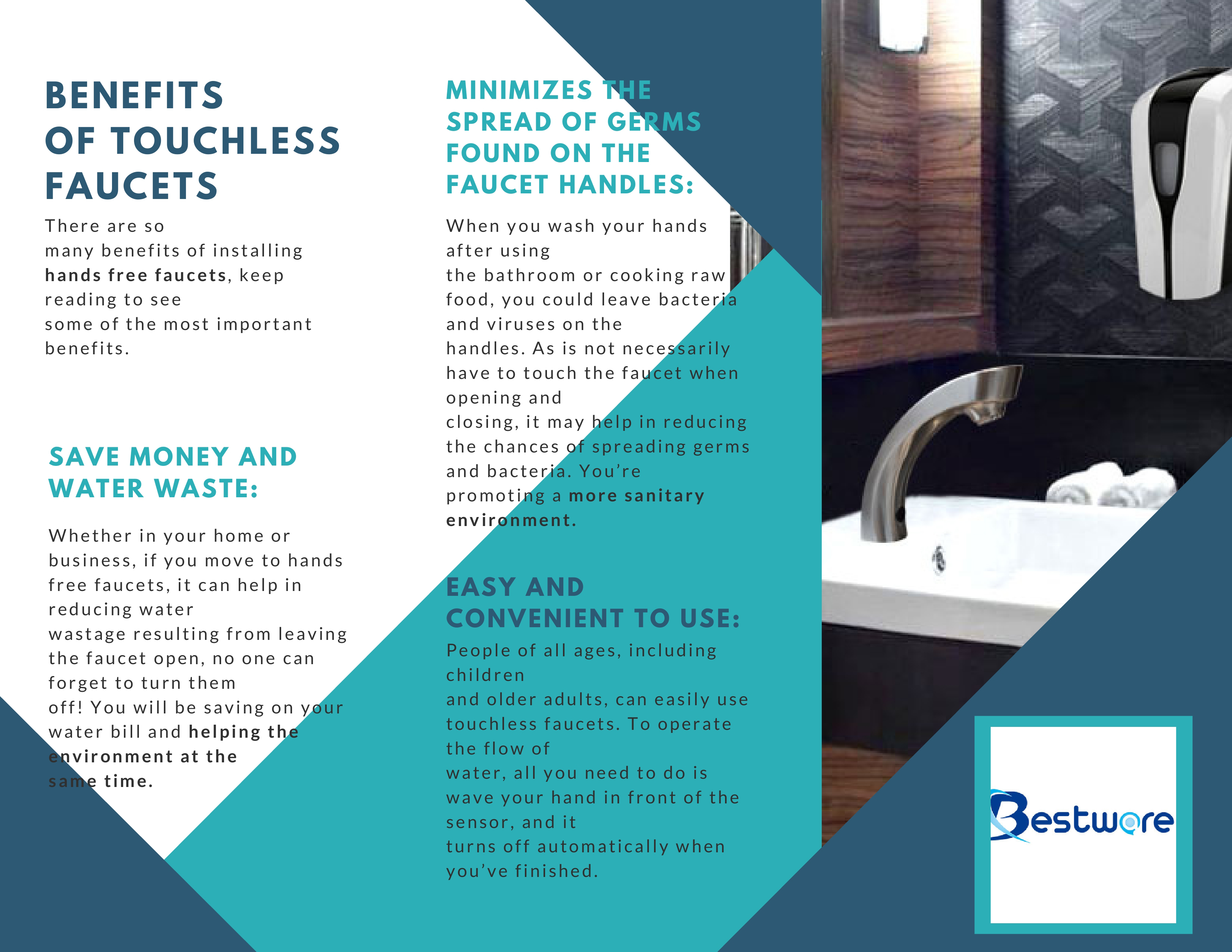





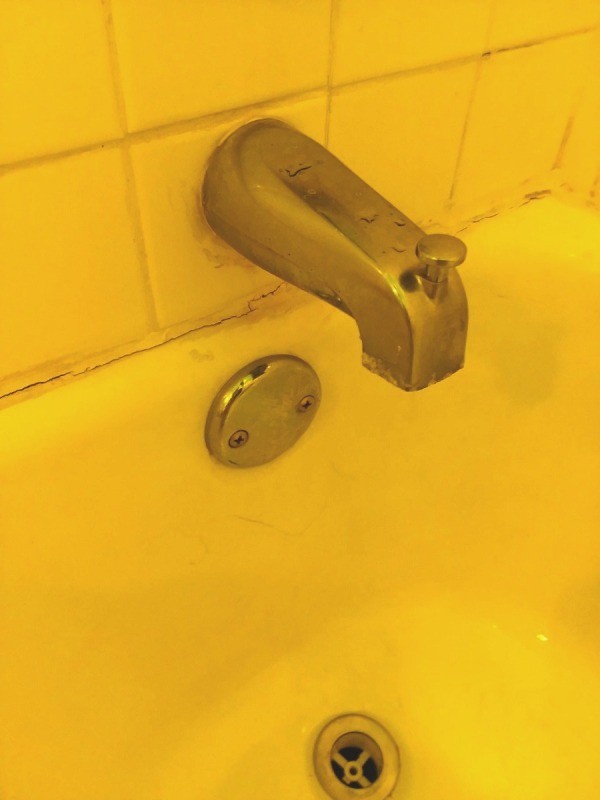
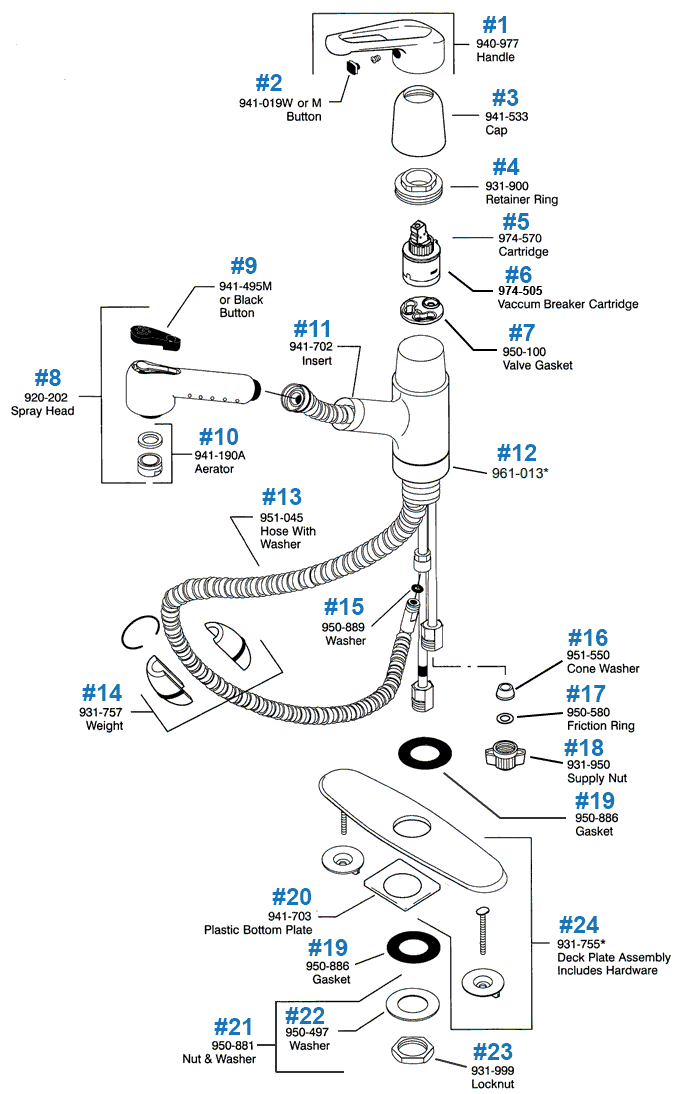









_CatalogRender.png)
